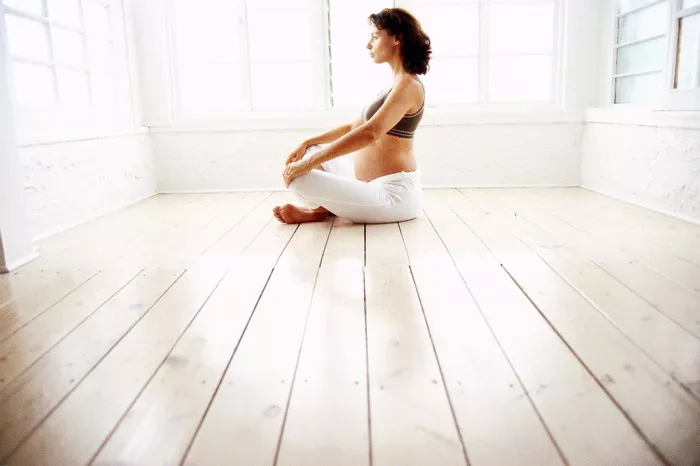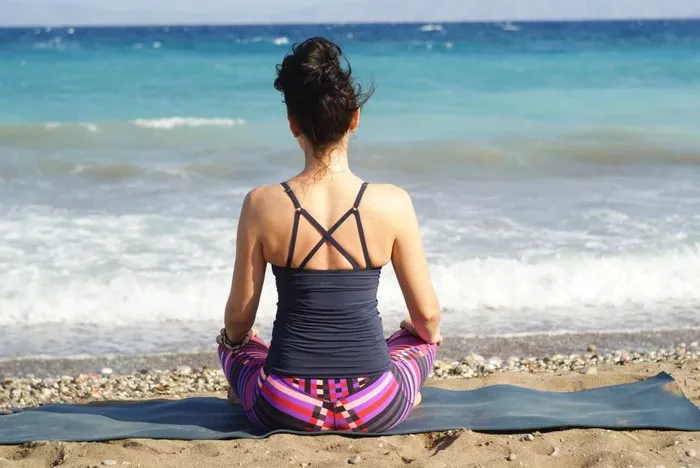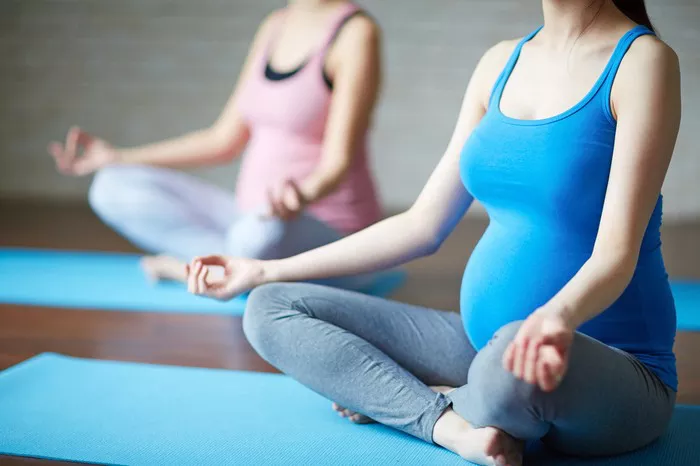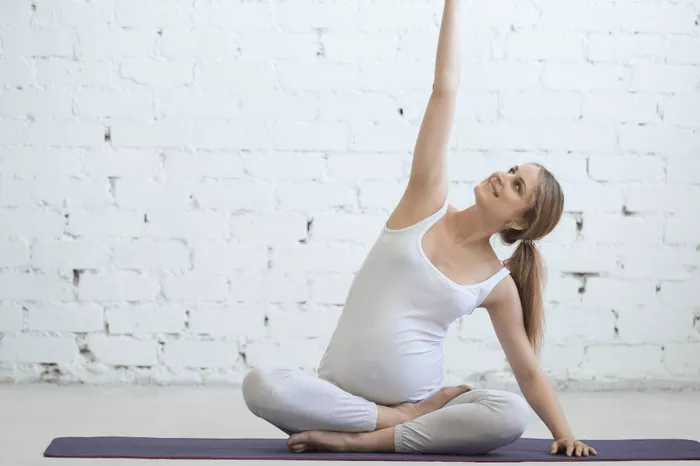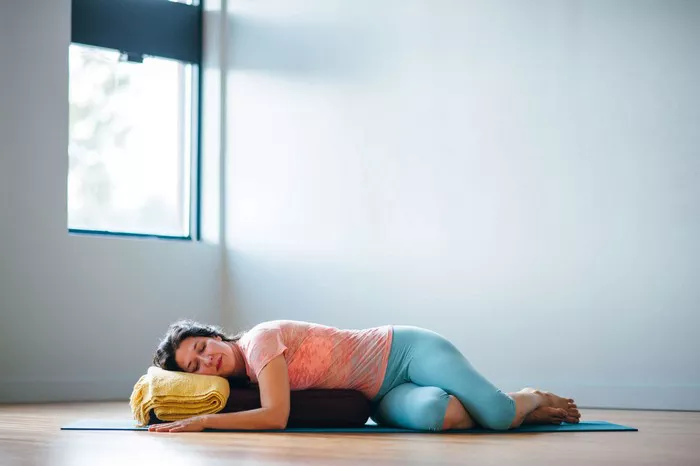Iyengar Yoga is one of the most respected and widely practiced forms of Hatha Yoga in the world. Developed by B.K.S. Iyengar, this method is known for its emphasis on precision, alignment, and the use of props to make yoga accessible to all. However, Iyengar Yoga is not just a physical practice—it is deeply rooted in the philosophy of classical yoga, drawing from ancient texts such as the Yoga Sutras of Patanjali. To fully appreciate Iyengar Yoga, it is essential to understand the philosophical foundations that guide its practice.
The Roots of Iyengar Yoga: Classical Yoga Philosophy
The philosophy of Iyengar Yoga is grounded in the eightfold path of Ashtanga Yoga, outlined by the sage Patanjali in the Yoga Sutras. This path provides a framework for self-discipline, ethical living, and spiritual development. The eight limbs of yoga are:
- Yamas (ethical restraints)
- Niyamas (personal observances)
- Asana (postures)
- Pranayama (breath control)
- Pratyahara (withdrawal of the senses)
- Dharana (concentration)
- Dhyana (meditation)
- Samadhi (ultimate absorption or enlightenment)
B.K.S. Iyengar interpreted and applied these principles in his teaching, making yoga accessible and beneficial for practitioners of all levels.
1. The Role of Asana in Iyengar Yoga
Iyengar Yoga is best known for its emphasis on asana (postures). Unlike other yoga styles that may flow quickly from one posture to another, Iyengar Yoga encourages holding poses for an extended period. This allows practitioners to refine their alignment, develop strength, and cultivate body awareness.
However, in Iyengar Yoga, asana is not merely a physical exercise. It is considered a gateway to self-awareness, a way to harmonize body and mind. B.K.S. Iyengar often stated that asana prepares the body for deeper spiritual practices, as a strong and stable body supports a focused and disciplined mind.
2. Precision and Alignment: The Path to Awareness
One of the distinguishing features of Iyengar Yoga is its focus on precision and alignment. Every movement in each pose is deliberate, helping practitioners cultivate mindfulness and presence. Iyengar believed that when the body is correctly aligned, energy flows freely, reducing discomfort and promoting physical and mental well-being.
This meticulous approach is not about achieving perfection in a pose but about developing awareness. Iyengar Yoga teaches practitioners to observe their bodies, understand their limitations, and gradually work toward balance and harmony. This philosophy aligns with the yogic principle of svadhyaya (self-study), one of the niyamas.
3. The Use of Props: Yoga for Everyone
Another hallmark of Iyengar Yoga is the use of props such as blocks, straps, bolsters, and chairs. These props serve multiple purposes:
- They make postures accessible to people with varying abilities and body types.
- They help practitioners stay in poses longer to experience deeper benefits.
- They assist in maintaining proper alignment and preventing injury.
The use of props reflects the compassionate and inclusive philosophy of Iyengar Yoga. Yoga is not reserved for the flexible or the strong; it is for everyone, regardless of age, experience, or physical limitations.
4. Pranayama: The Bridge Between Body and Mind
Breath control (pranayama) is an essential aspect of Iyengar Yoga. Once practitioners develop stability and awareness in asana, they are encouraged to explore the breath. Iyengar believed that pranayama refines the mind, increases energy, and prepares practitioners for meditation. His method of teaching pranayama is methodical, ensuring that students gradually build their capacity to regulate their breath safely and effectively.
Pranayama is also linked to the yogic concept of prana, or life force. According to yoga philosophy, prana governs our physical and mental vitality. By practicing pranayama, one can balance the nervous system, calm the mind, and cultivate inner peace.
5. The Journey Inward: Pratyahara, Dharana, Dhyana, and Samadhi
Beyond asana and pranayama, Iyengar Yoga encourages the practice of the higher limbs of yoga:
- Pratyahara (withdrawal of the senses) helps practitioners turn their focus inward, reducing distractions from the external world.
- Dharana (concentration) trains the mind to focus on a single point, such as the breath or a mantra.
- Dhyana (meditation) develops from concentration, leading to a state of deep awareness and inner stillness.
- Samadhi (enlightenment) is the ultimate goal, where the practitioner transcends ego and experiences unity with the universe.
B.K.S. Iyengar emphasized that yoga is a holistic practice, integrating body, breath, mind, and spirit. Even though Iyengar Yoga is often associated with physical precision, its deeper purpose is to cultivate inner transformation.
Iyengar Yoga and the Path of Self-Discovery
The philosophy of Iyengar Yoga is deeply intertwined with the idea of self-discovery. Through disciplined practice, students learn patience, perseverance, and humility. They develop an awareness that extends beyond the yoga mat, influencing their daily lives. Iyengar often said, “Yoga is the union of body, mind, and soul.” His teachings encourage practitioners to integrate yogic principles into their thoughts, actions, and relationships.
Yoga as a Lifelong Practice
Iyengar Yoga is not just a practice for the young or physically able—it is a lifelong journey. Unlike exercise routines that focus on short-term results, Iyengar Yoga encourages continuous learning and refinement. The practice evolves with age, adapting to the needs of the individual.
This adaptability reflects one of the most important lessons of Iyengar Yoga: yoga is not about competition or achievement. It is about progress, self-awareness, and personal transformation.
Conclusion
Iyengar Yoga is more than a system of physical postures—it is a philosophy that guides practitioners toward self-discovery, balance, and inner peace. Rooted in the ancient teachings of Patanjali, it emphasizes precision, discipline, and mindfulness. Through asana, pranayama, and meditation, Iyengar Yoga cultivates awareness and integrates body, breath, and mind.
The ultimate goal of Iyengar Yoga is not to perform perfect poses but to develop a deep understanding of oneself. As B.K.S. Iyengar beautifully expressed, “Yoga does not just change the way we see things; it transforms the person who sees.” This philosophy makes Iyengar Yoga not just a practice, but a way of life—one that leads to greater clarity, compassion, and well-being.
Related Topics:

